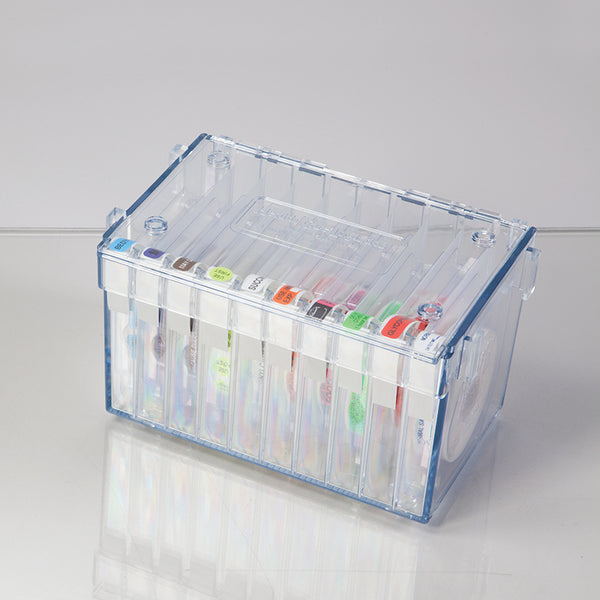
The Reading Comprehension Kit for Hyperlexia and Autism Level 2
Product Code : MPS8-37630
Vendor: PRO-ED
Available
Description
Ages: 7-12
Grades: 2-7
This kit uses NINE evidence-based strategies to improve reading comprehension in children with hyperlexia and ASD: priming, accessing prior knowledge, story analysis and summary, planned redundancy, cloze sentences, phrase and sentence strips, pronoun referent practice, vocabulary training, and visualizing. Each of the six units in this kit contains two storiesâ€â€one written at the first- to second-grade level and one written at the second- through fourth-grade level.
There are three types of stories included in the kit:
- Realistic Fiction - Stories depict situations and characters that may be somewhat familiar to the reader.
- Fantasy - Stories gently introduce talking animals, and the reader is required to accept situations that are not real.
- Narrative Nonfiction - Factual material is embedded within a fictional narrative. The characters depict how children may record observations and organize factual information.
Each story has an illustration on every story page, an illustrated vocabulary page, and as many as 11 learning opportunities to facilitate comprehension. Because children with ASD often have difficulty formulating answers on their own or physically writing answers in the blanks, six of the activities include answers written on durable, reusable phrase and sentence strips (491 total strips). The strips provide a multiple-choice format, and the physical act of picking up the strip and placing it on the worksheet helps students focus on the task.
The lesson activities are:
- Priming - The student discusses how the title gives an indication of the main idea of the story, matches phrase strips to questions, and talks about the story pictures.
- Vocabulary - The student discusses background information and what the he knows about each vocabulary word and picture.
- Definitions - The student matches words to definitions on phrase strips and expands on each definition.
- Access prior knowledge - The student associates the story topic and events with prior experiences.
- Read the story - The student reads the story. Instructor prompts are included to help the student comprehend the story (e.g., point out ideas that are inferred, summarize the main idea, talk about the relevance of particular details, and reinforce story vocabulary and content).
- Story summary - The student retells the story using sentence strips and then retells the story to someone else.
- Basic story analysis - The student talks about the main idea, setting, characters, and plot of the story and matches phrase strips to questions.
- Problem/Solution - The student associates his own experience to problems and solutions in the story and in real life and matches sentence strips to questions.
- Higher-level story analysis - The student answers questions that may be ambiguous and learns to infer while matching phrase strips to questions.
- Visualizing - The student draws pictures about the story.
- Pronoun referents - The student connects pronouns to the person(s) or thing(s) they refer to in sentences from the story.
A ""Practice with Pronoun Referents"" section and a Picture/Word Dictionary are also incuded in the book.
COMPLETE KIT INCLUDES: 302-page storybook; 491 perforated, heavy-duty, color-coded phrase/sentence strips; vinyl bag. (2010)














